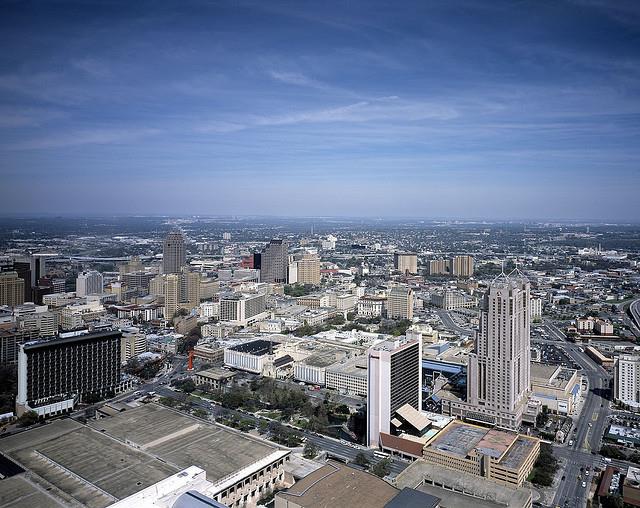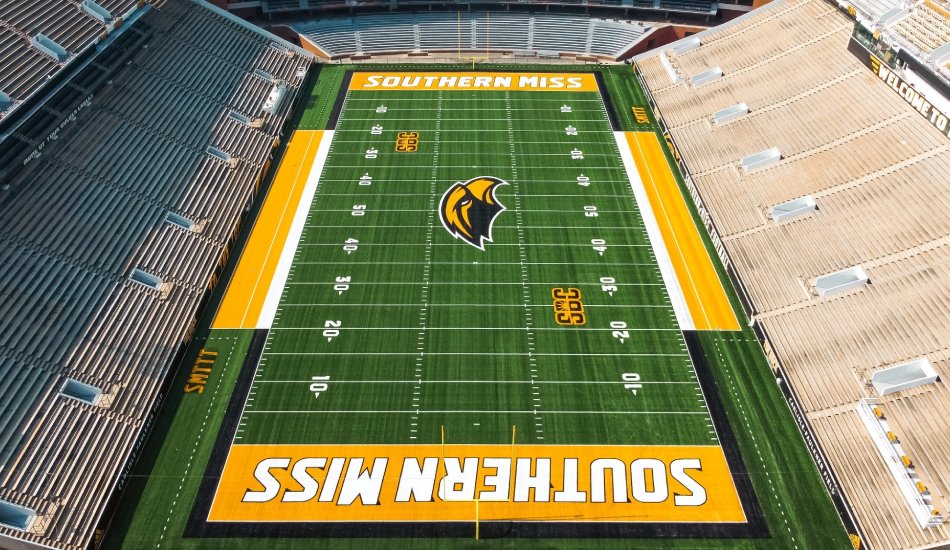Hundreds of young children line up at the National Shooting Complex in San Antonio, Texas, awaiting their turn to compete in a clay shooting event that could earn them one of three scholarships. For many children, this is the opportunity of a lifetime, being able to use their skills to gain a college education and promising future in the agriculture industry.
The San Antonio Livestock Exhibition (S.A.L.E.) Junior Shootout is just one of many competitions, contests and showcases held at the San Antonio Stock Show & Rodeo that grant children scholarships for their achievements.
In many Texas communities, agriculture is part of everyday life. It makes sense, considering the state contains over 100,000 farms and ranches and is one of the top producers of cattle in the country, according to the Texas Farm Bureau. Agriculture is probably the top industry in the state and contributes billions of dollars to the economy every year.
S.A.L.E. understands the importance of agriculture and the vital role that education plays in helping to maintain a strong industry. For years, the organization has provided a venue for youth to hone their skills and display their talents. Almost 30 years ago, it launched its scholarship fund to award 4-H and FFA high school students with scholarships in an effort to help them continue their interest in agriculture. A major contributor to this fund is the annual San Antonio Stock Show & Rodeo.
Every February, millions of people flock to the AT&T Center in San Antonio to attend the two-and-a-half-week event, which includes thousands of exhibitors, dozens of family-friendly activities and attractions, thrilling competitions and plenty of educational opportunities. The show started out in 1949 as a small livestock show but has grown significantly, which has in turn helped in S.A.L.E.’s educational efforts.
“As we’ve gotten larger, we’ve been able to give more back to education,” says Jenny Nagelmueller, public relations/communications director for S.A.L.E. “We’ve pretty much tripled our scholarship fund since inception, and each year added more schools.” In fact, between 2012 and 2013 the organization added over $1 million to the fund.
The boost is attributed to a bump in grounds attendance—which was a little over 1.6 million in 2013—and how much people are spending while at the show. And how did S.A.L.E. draw such a large crowd?
“We try to do something new every year,” says Nagelmueller. This keeps the show fresh and exciting for those who attend every year while attracting guests who usually don’t go to stock shows or have never shown an interest.
Two years ago, the Texas Wildlife Expo was created to host demonstrations on topics like hunting, fishing, and how to shoot a bow and arrow. This year the organization added Dock Dogs, which kids and families really enjoyed, Nagelmueller says. Apart from the Junior Shootout competition, the show also offers knowledge-based contests, called skillathons, for guests who know a lot about agriculture but may not own any animals. Some of these include a beef skillathon and a cooking skillathon, where participants have to know all the facts behind what they are preparing. The organization also likes to bring in atypical vendors to cater to the non-rodeo-going crowd. For example, the event featured a detox booth, something not commonly found at a stock show.
The San Antonio Stock Show & Rodeo not only offers new exhibits and activities every year, but it does a good job of getting the word out about the event, including in places that are outside its normal target demographic.
“I think the one thing we picked up on a few years ago…was that we were neglecting to market to the people who were not the normal rodeo goer,” says Nagelmueller. “We realized we needed to trend our marketing message more towards them.”
The organization started purchasing billboards in different areas of San Antonio that were not the traditional rodeo attendee neighborhoods in hopes of spreading its message and broadening its audience. It created a new campaign with the tagline “It’s more than an 8-second ride,” meant to showcase how the event is more than just a rodeo. To promote the concept, the group recruited prominent people in the community, such as Mayor Julian Castro, to star in television commercials touting the line “Let’s rodeo, San Antonio!”
Another key element to S.A.L.E.’s success is spreading its advertising across multiple platforms, from traditional mediums such as newspapers to more modern channels, like social media. “Never make your media single platformed,” Nagelmueller says. Touching all platforms allows the organization’s message to reach people it normally wouldn’t reach.
And the message is also essential. “Believe in your philosophy and make that something that’s important in your message,” Nagelmueller says. This is something the organization does extremely well by prominently displaying its mission statement on all its marketing material. It also revamped its website a couple years ago to provide a place where people could easily donate without any extra hassles. The website allows people who may not want or be able to attend the stock show to support the initiative. It is also a convenient way for people to give year round.
“It’s easier to get people to believe in your cause and to do things if you give them multiple ways to give,” says Nagelmueller. “People want to give, there are a lot of givers in the world, and if you don’t put it out there and you don’t make it available to do it, you never know who those silent givers are.”
Volunteers are yet another way that S.A.L.E. spreads the word about its cause, especially since the stock show is completely volunteer run. This means people can interact with dedicated advocates who are eager to answer questions and tout the organization’s message and passion for education.
“Volunteers are like army ants, and everything you feed to them, they want to go tell somebody,” Nagelmueller says. “So the more we educate them about what we do, the more we found we had these little missionaries that wanted to go out and take the message out to all over the state.”
The San Antonio Stock Show & Rodeo is one of the biggest stock shows in the country, but it still has to compete with larger events like Houston’s, which has more space and a bigger budget for major acts.
“It’s hard to fight that battle, and it’s tough to get the same acts and entertainment as the bigger players,” says Nagelmueller. “We could do it, but then we wouldn’t be able to give 90% back to education.”
And at the end of the day, that is the most important part of the event. So when people ask, the usual response is, “it’s for the kids.”





